Over the course of 24 hours earlier this month, the people of France, Catholics, and millions around the world went from feeling horrified to see Paris’s Notre Dame cathedral on fire, to relieved at the news that despite the destruction of the wooden roof and spire, much of the church’s interior was unharmed. French president Emmanuel Macron almost immediately announced plans to repair the damage, and at least $1 billion Canadian has been raised. But the near-destruction of Notre Dame gives us an opportunity to reflect: what would it have meant to lose the cathedral entirely?
The answer may depend on whether you see Notre Dame primarily as a historical artifact or as a house of worship. If what burned down was a historical artifact, it’s doubtful if it could be rebuilt at all. Notre Dame contains irreplaceable pieces of art and religious objects that are central to the religious and cultural history of France. The building itself is one of the great masterpieces of Gothic architecture, which spawned imitators not only across Europe in its own time, but around the world during the neo-Gothic wave of the 19th century. Around 12 million tourists come to Paris every year to see the magnificent 12th-century cathedral.
You may unsubscribe from any of our newsletters at any time.
To the Catholics for whom Notre Dame is their own parish church, the seat of their archbishop, or a site of pilgrimage, the loss of a building sanctified by centuries of daily masses and other prayers would obviously be something to mourn. But at the same time, Notre Dame is far more replaceable as a house of worship, even as the central house of worship for French Roman Catholicism. In fact, the previous cathedral on that site was unsentimentally demolished around 1160 on the orders of the bishop, in order to build a bigger one for Paris’s growing population.
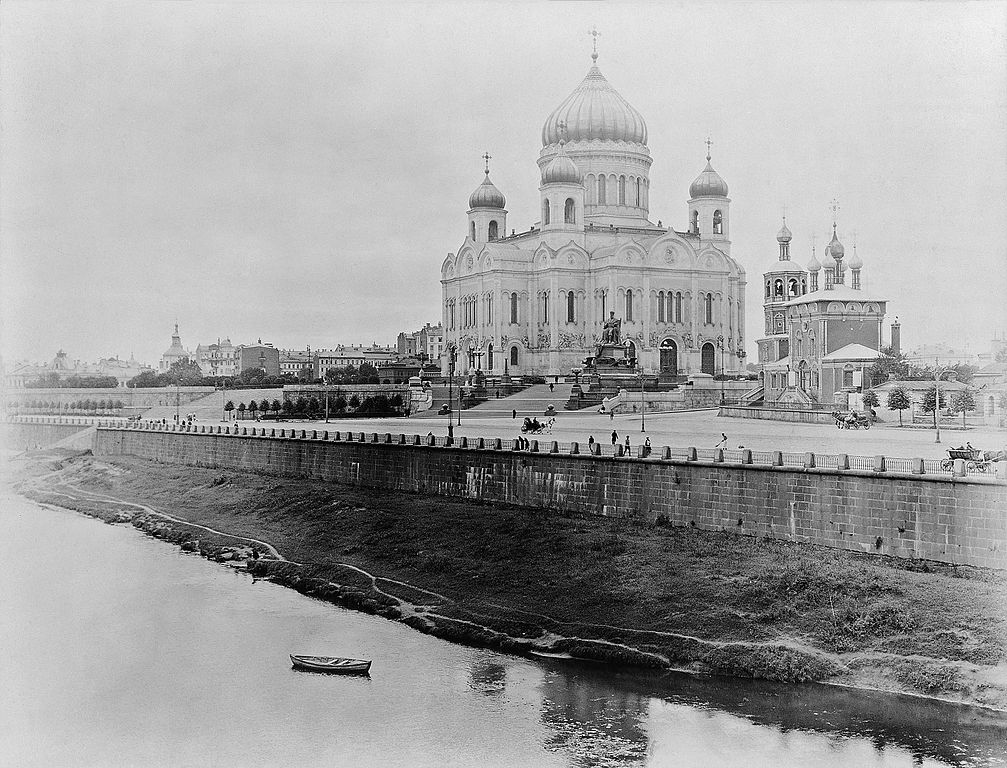
The difference is that for a historian (or a tourist), an object needs to be associated with historical events in order to acquire significance. For the Catholic, anything material has been able to convey God’s grace ever since God was born, lived, died, and rose from the dead in a material body. Therefore, although relics like the Crown of Thorns in Notre Dame do acquire their holiness in a “historical” way, by having been part of a holy person’s life, a ritual of blessing can make almost anything into a channel of grace. As the 20th-century Orthodox priest Alexander Schmemann put it, to bless water means “the revelation of the true ‘nature’ and ‘destiny’ of water, and thus of the world … and matter becomes again means of communion with and knowledge of God.”
One building that demonstrates this is Moscow’s Cathedral of Christ the Saviour: less than 50 years after its completion in 1883, the U.S.S.R. destroyed it to make room for a monument called the “Palace of the Soviets,” which was never completed. In 1990, just before the fall of communism, the Russian Orthodox Church successfully applied for permission to rebuild. By 2000, the new cathedral was finished, a nearly perfect stone-for-stone replica of the original, and picked up right where the old church had left off as a centre of Russian Christianity. Although Christ the Saviour is itself a treasure trove of 19th-century Russian Revival religious art both inside and out, it was still able to be rebuilt because its significance as a cathedral was much greater than the historical significance it had acquired.
In a way, then, Christians have both far more and far less to lose from the destruction of a great church like Notre Dame. The centuries of prayer and the abundance of relics and sacred art within its walls make it far more than simply an old building at the centre of France’s history, and are also the source of its historical importance. But at the same time, the cathedral’s congregation can always take comfort in the knowledge that they have the ability to reveal any place as holy by their prayers.
For more of Broadview’s award-winning content, subscribe to the magazine today.

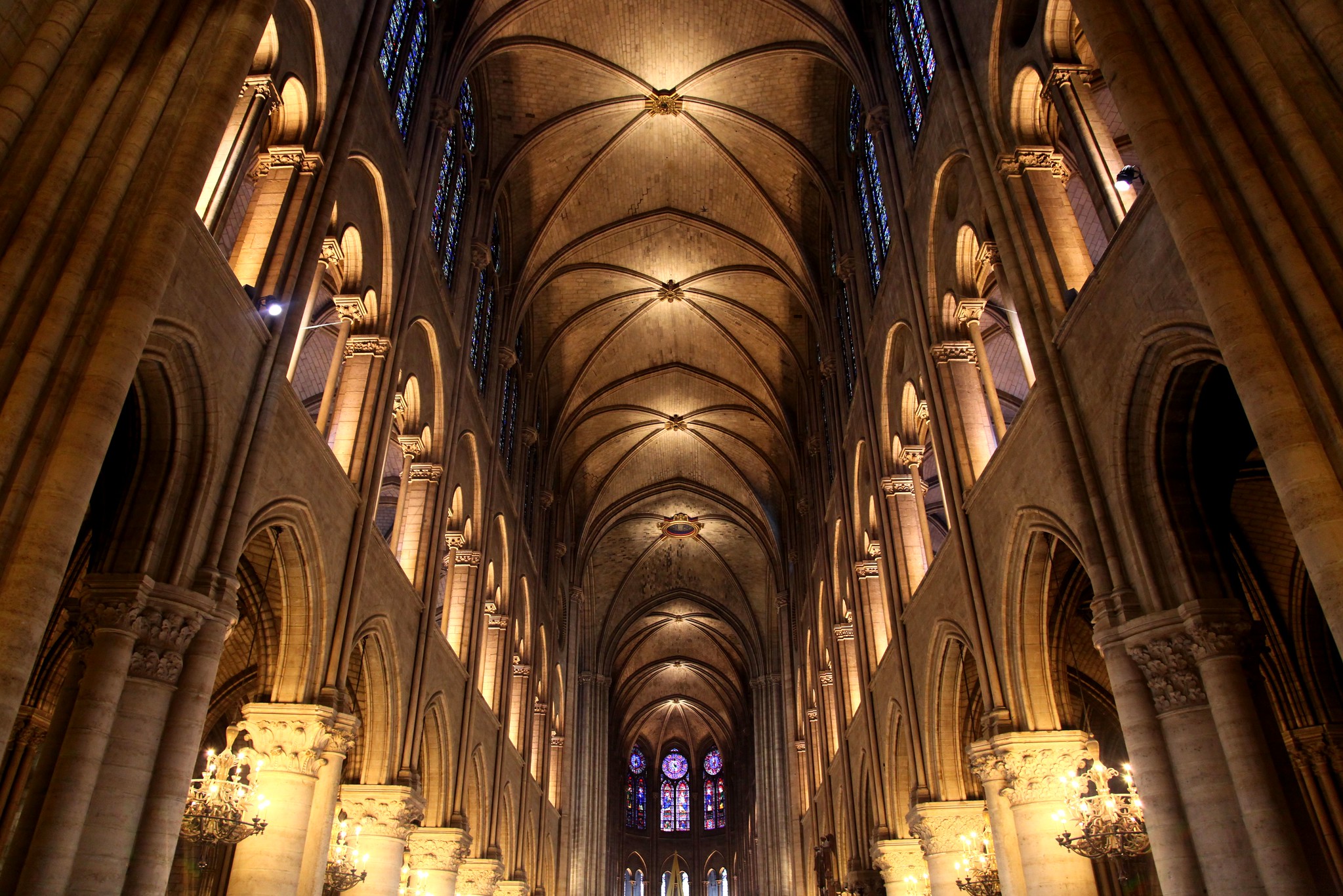









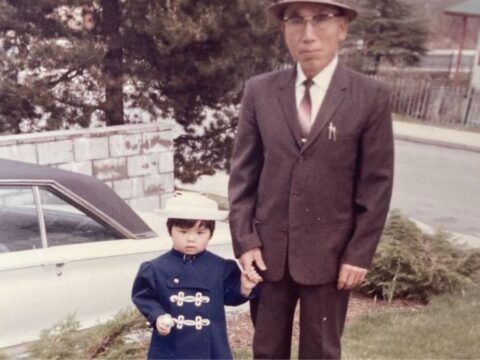
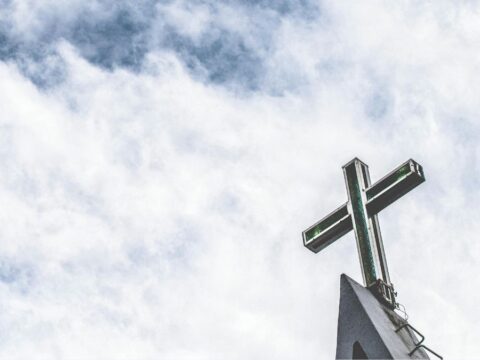

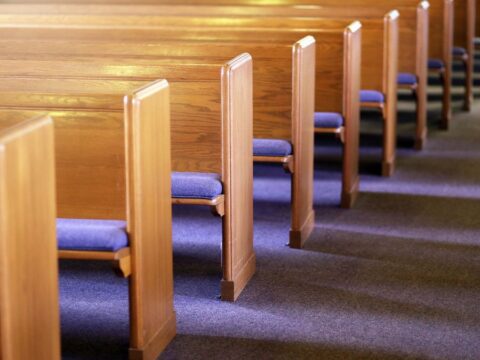
A good article to reflect on when we see Churches today, being modified or demolished for other purposes for which the Christian faithful envisioned with their time and money.
I think you draw too much of a distinction between the historical and the religious significance of Notre Dame. Although it is obviously true that Notre Dame cannot be rebuilt precisely as it was due to the lack of the same building materials or skilled trades, a re-built Notre Dame would still have the historical significance of the earlier building. No church building is a static artifact of history. Buildings are living expressions of the community that has built and re-built them every day of their existence. Consider St. Boniface Cathedral in Winnipeg. The previous basilica burnt down in 1968. The modern building that was erected inside the ruins of the old is glass and steel, and not very much wood or stone, yet it embodies the history of the three cathedrals that have stood on that riverbank over the past 200 years. It is rightly known as the mother church of Western Canada.
In a day when the church as a central place for Christian learning and worship has diminished, I was heartened by the crowds of people not only in Paris and France, but around the world, in grieving over the fire at Notre Dame. Great cathedrals are to inspire us to the glory of God and Notre Dame has drawn our attention back to God. The great response to providing money to rebuild is also heartening and as we are learning, have brought new problems for people to wrestle with while the people protesting in the streets about inadequate funds providing for the French people living in poverty or marginally so.